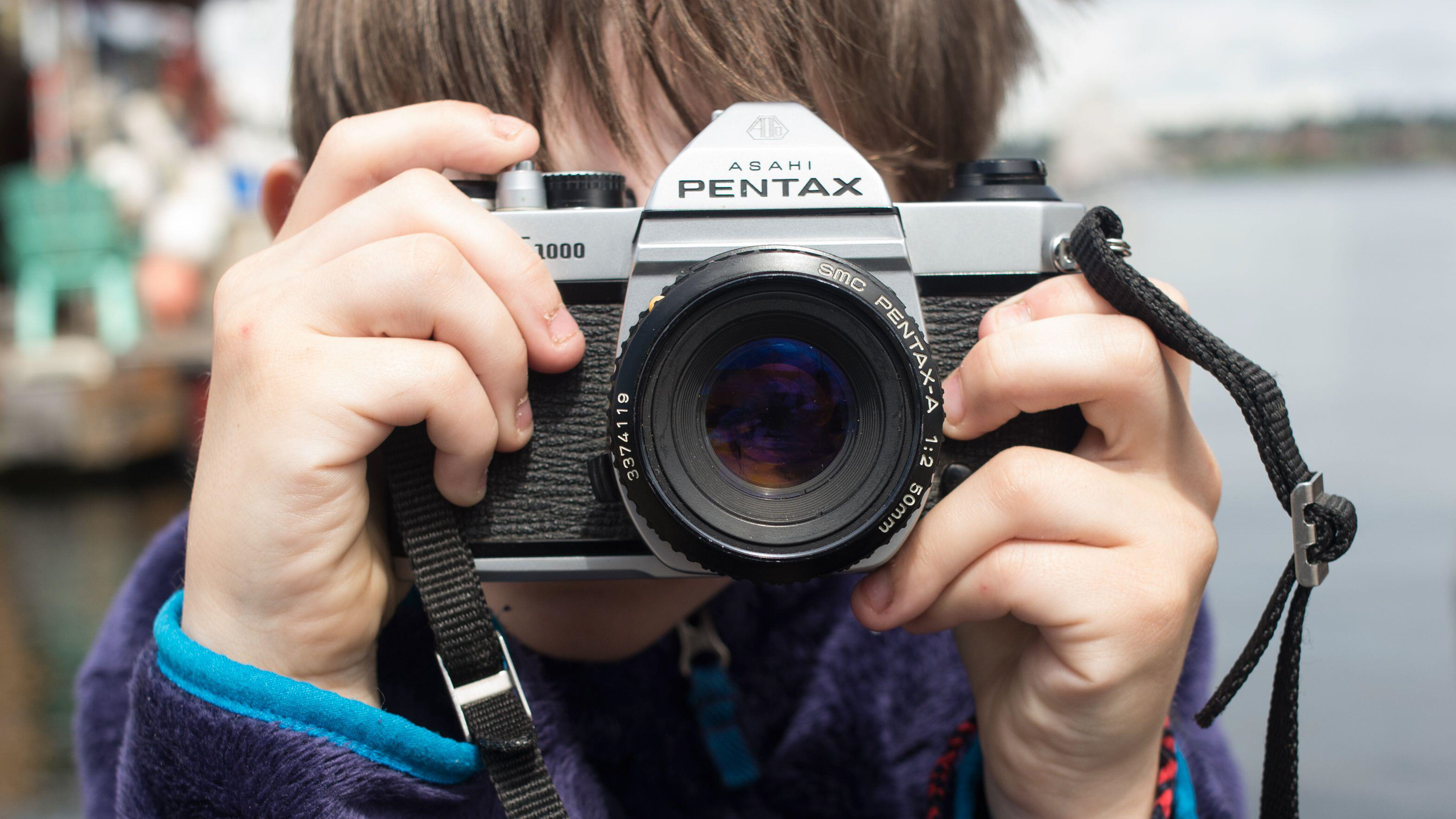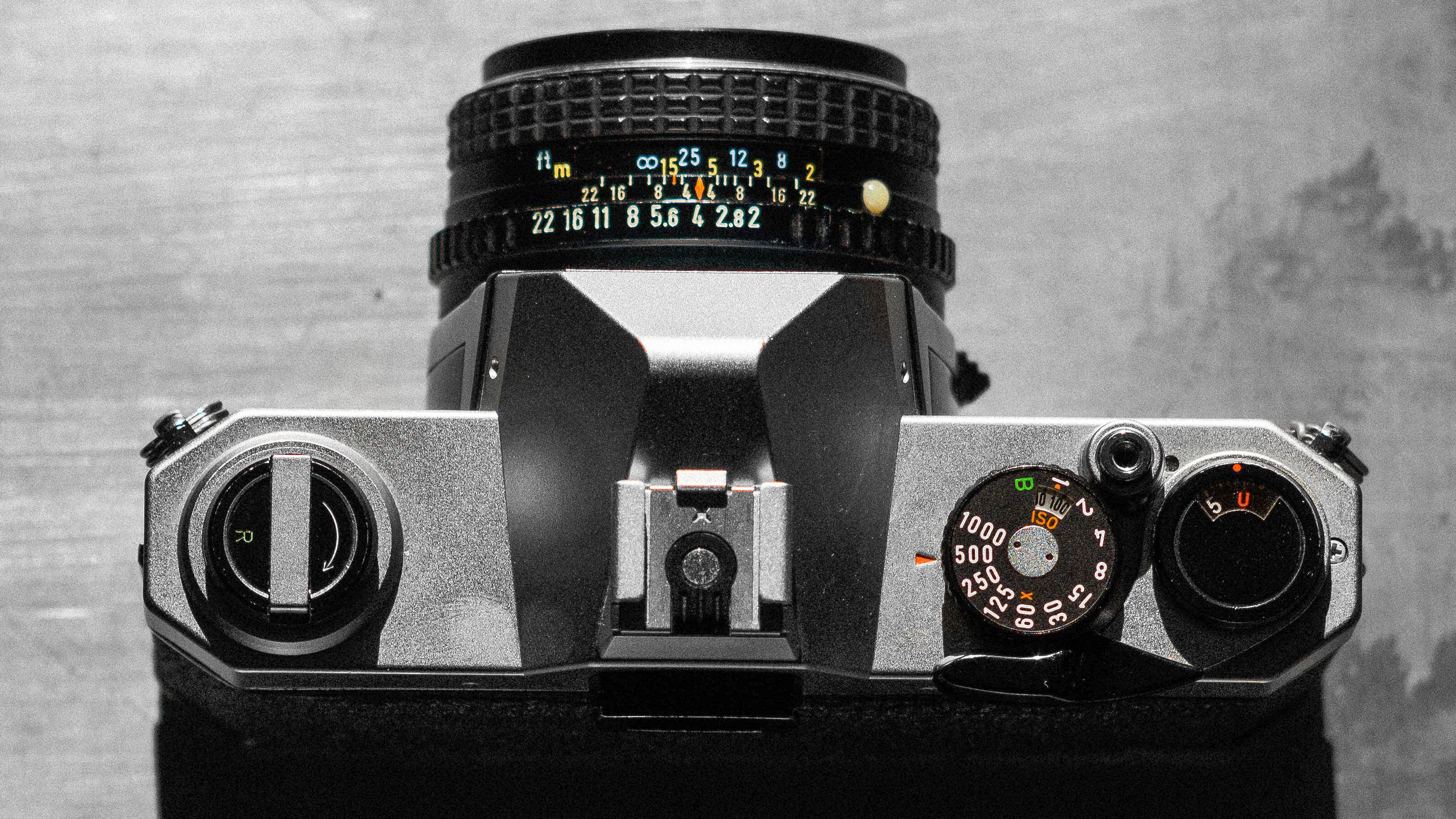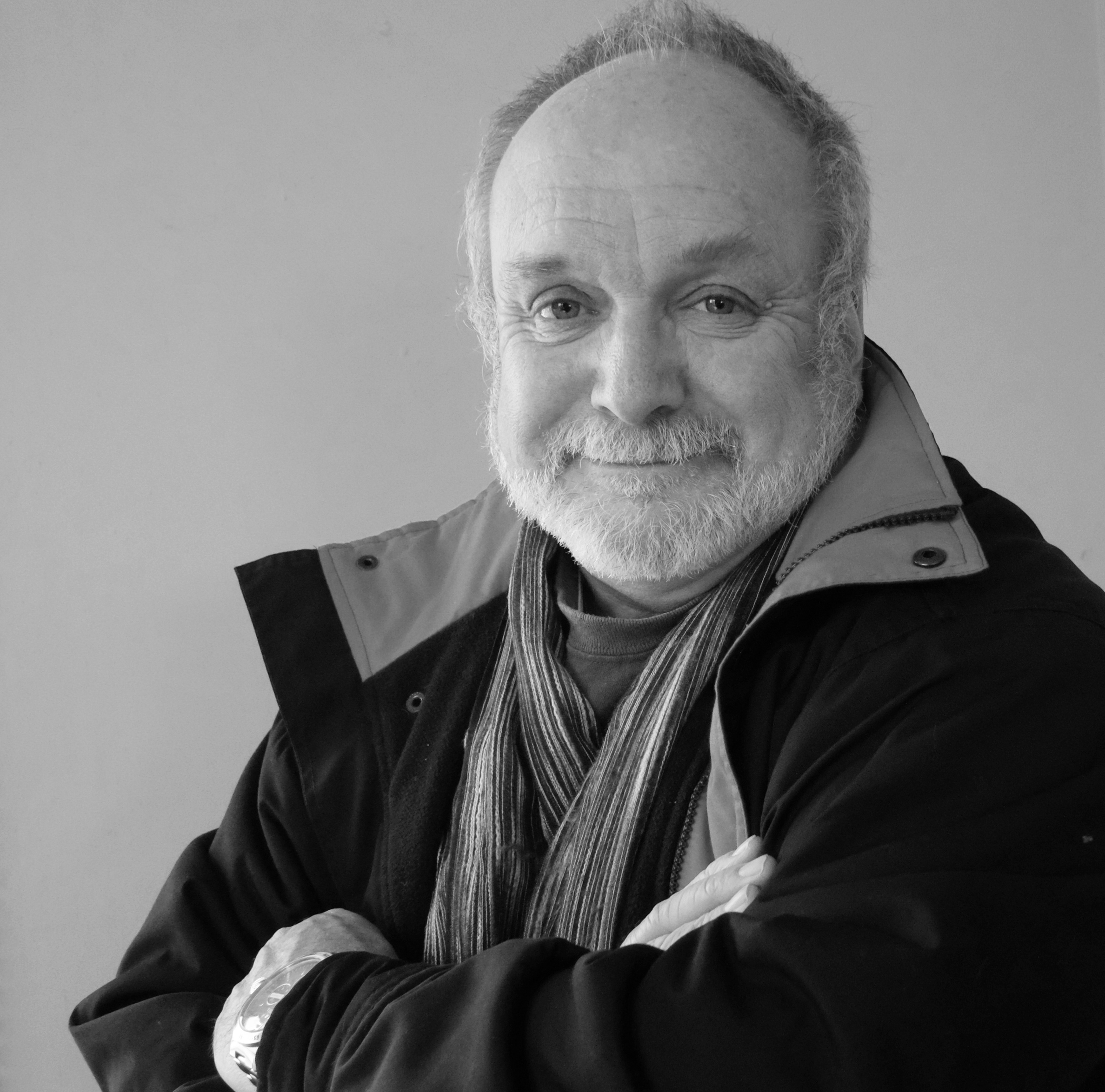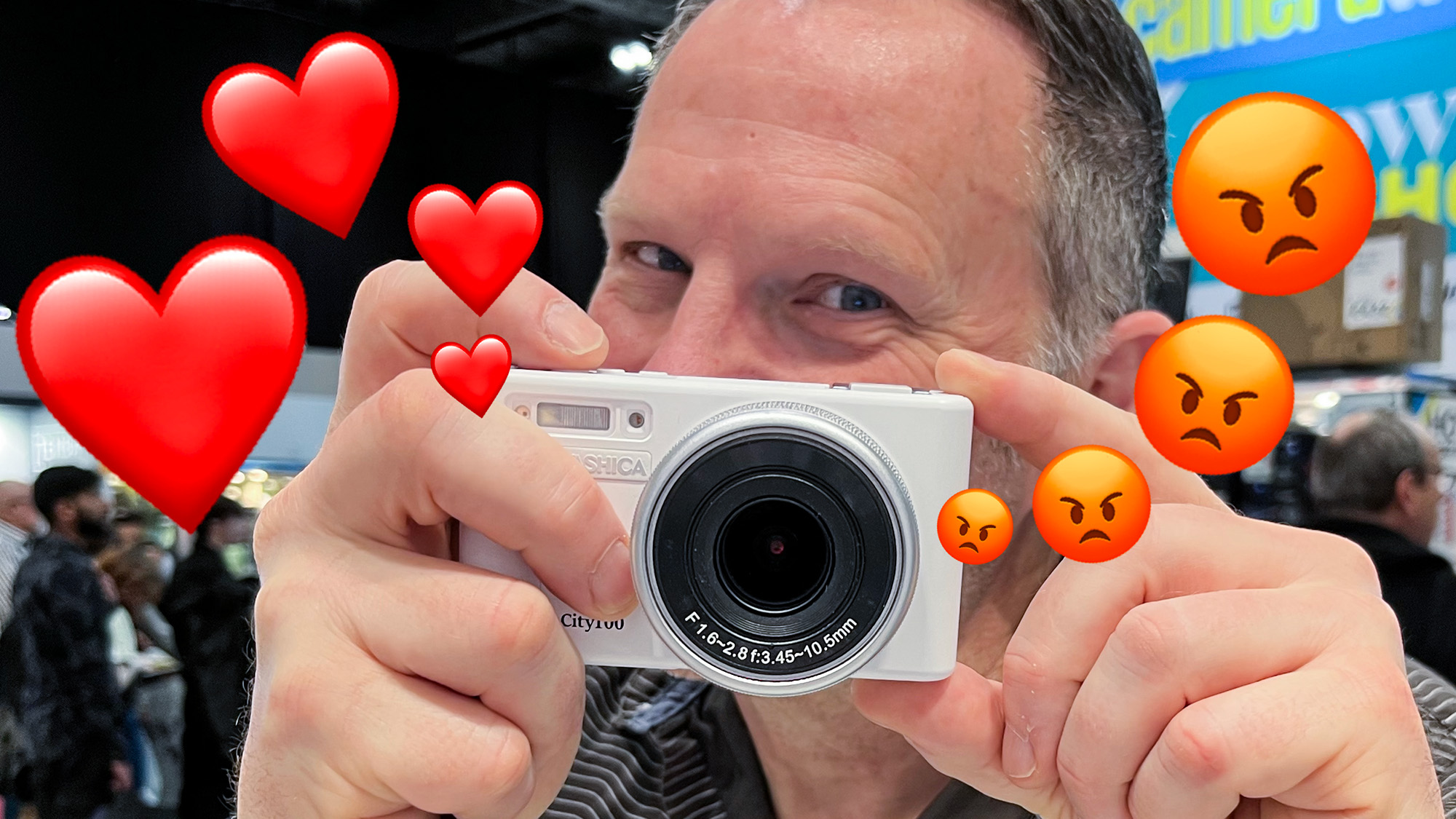I really hope Ricoh brings back the Pentax K1000 film camera
Ricoh is looking at bringing back 35mm film cameras. I hope they bring back Pentax's best-selling SLR of all time

We've been celebrating the return of the Leica M6 35mm rangefinder camera... primarily as an indication that the revival of film camera photography is finally gaining some heavyweight industry support, but also because it’s always been such a fine camera. Arguably more significant, though, is the announcement by Ricoh Imaging – the custodian of the Pentax brand these days – that it’s working on a new film camera project. The details are still pretty sketchy, but it looks pretty serious and, from we’ve seen so far, it will be a 35mm SLR and will be badged Pentax.
Ricoh Imaging emphasizes it hasn’t pressed the ‘go’ button yet, but it would be pretty silly not to... for a number of really good reasons. Firstly, the Pentax 35mm SLR heritage is a rich one, with the original company essentially pioneering its affordability and popularity in the 1960s through the legendary Spotmatic series. There would certainly be legitimacy – and credibility – in a new Pentax 35mm SLR. Affordability would again be the big plus too, because, desirable though the new M6 undoubtedly is, it’s eye-wateringly expensive... and that’s even before you add a lens, especially one made by Leica.
With Ricoh/Pentax conspicuously absent from the mirrorless camera party, a hot-selling film camera could be just what’s needed to help boost sales. Frankly, the proud Pentax marque deserves better than what’s been happening over recent years.
Ricoh says that it plans to “take advantage of the film camera development know-how cultivated by Pentax”, which suggests that, like Leica, it’s looking at reviving a previous design rather than developing something completely new.
As with the M6, this makes more sense because part of the appeal of shooting film is not just about using film, but the experience of the camera... and, to me anyway, this basically means mechanical and fully manual in operation, but with the convenience of a built-in exposure metering. It also makes sense because the development costs would be much less than going back to the drawing board when, essentially, you’d just be re-inventing the wheel. Of course, the electronics driving the metering would need to be brought up to date.
So, assuming that Ricoh Imaging still has a stash of Pentax camera tooling tucked away somewhere, what might be the likely candidate for resurrection? One model immediately stands out – the K1000. It was back-to-basics and definitely no-frills when it was launched in 1976, but its affordability and reliability meant it was hugely popular with students and beginners, launching millions of them – no exaggeration – into the world of 35mm SLR photography.

The Pentax K1000 stayed in production until 1997, by which time over three million had been built. Originally part of a quartet of new models that introduced the ubiquitous Pentax K bayonet lens mount, it easily outlasted its siblings, the compact M-series family that followed, then the A, P and SF series of much more automated cameras. During the 1990s, it continued to sell alongside Pentax’s second-generation of AF 35mm SLRs, the Z series (PZ in the USA).
Get the Digital Camera World Newsletter
The best camera deals, reviews, product advice, and unmissable photography news, direct to your inbox!
The K bayonet lens mount was another of the camera industry’s failed attempts
at standardization (it was actually originally designed by Zeiss), but it did end up subsequently being adopted by a number of other brands for their 35mm SLRs, including Ricoh, Chinon, Cosina and Vivitar. Of course, it’s still used – in the K AF2 variant – on the current Pentax DSLRs. Consequently, there’s a massive choice of cheap MF K-mount lenses on the secondhand market from fish-eyes to supertele- photos and everything else in between.
It’s a no-brainer for Ricoh Imaging, isn’t it? Even if it has to start from scratch, a revived Pentax K1000 would still be an immediate hit and easily justify the investment. One thing is very certain though – whoever is first with an affordable new ‘classic’ 35mm SLR is really going to clean up.
Best 35mm film
Best film cameras
The best film scanners
Best darkroom equipment: photo enlargers, film tanks, trays
Best Pentax cameras today
Best Pentax lenses today

Paul has been writing about cameras, photography and photographers for 40 years. He joined Australian Camera as an editorial assistant in 1982, subsequently becoming the magazine’s technical editor, and has been editor since 1998. He is also the editor of sister publication ProPhoto, a position he has held since 1989. In 2011, Paul was made an Honorary Fellow of the Institute Of Australian Photography (AIPP) in recognition of his long-term contribution to the Australian photo industry. Outside of his magazine work, he is the editor of the Contemporary Photographers: Australia series of monographs which document the lives of Australia’s most important photographers.
